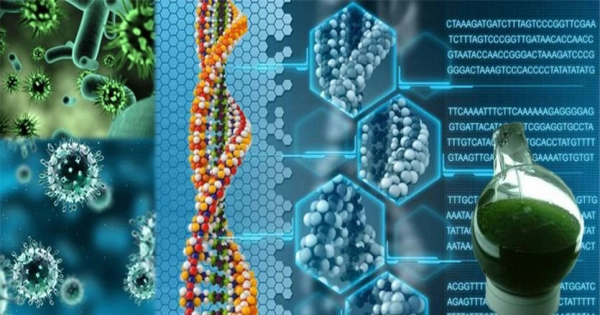The pace of technological advancement is rapidly transforming every aspect of our lives, and education is no exception. As innovative solutions continue to evolve, they are reshaping the way students learn and teachers educate. In 2025, emerging technologies will further revolutionize educational systems around the world, making learning more personalized, accessible, and engaging.
In this article, we'll explore seven groundbreaking technologies set to redefine the educational landscape in the near future.
1. Augmented Reality (AR) and Simulations
AR and simulations offer immersive learning experiences that transform traditional classrooms. These technologies enable students to interact with 3D objects, participate in virtual labs, and experience historical events firsthand. By making abstract concepts tangible, AR helps boost student engagement and retention.
In 2025, AR and simulations will become even more advanced, allowing real-time interaction between students and virtual environments, fostering creativity and critical thinking.
2. Adaptive Learning Systems
Adaptive learning uses artificial intelligence to customize educational content based on individual student performance and behavior. These systems monitor learners' progress in real-time and adjust the curriculum accordingly, offering personalized learning paths.
This technology is especially useful in addressing diverse learning needs and improving outcomes. By 2025, adaptive learning will be a core component in online platforms and classroom environments.
3. Artificial Intelligence (AI) in Education
AI is already transforming various industries, and education is no different. In classrooms, AI-powered tools can automate grading, provide real-time feedback, and even support students with writing and language learning.
By 2025, AI will enhance education by enabling data-driven insights, intelligent tutoring systems, and voice assistants that support both students and educators in real-time.

4. 5G Technology
5G offers ultra-fast internet speeds with minimal latency, creating opportunities for seamless online learning. Students can download large files instantly, participate in high-definition video classes, and use real-time collaborative tools with ease.
Looking ahead, 5G will support emerging trends like virtual classrooms, holographic teachers, and enhanced distance learning, closing the digital divide and enabling more inclusive education.
5. Automation in Education
Automation streamlines repetitive tasks such as attendance tracking, assignment grading, and scheduling. It allows educators to focus more on teaching and student interaction.
In 2025, automation will play a crucial role in organizing digital classrooms, delivering scheduled content, and managing administrative processes efficiently.
6. Competency-Based Education
Competency-based learning emphasizes mastery of skills over time spent in class. Students progress at their own pace, ensuring a thorough understanding before moving forward.
This model empowers learners to take charge of their education and supports personalized academic paths. In the coming years, it will be widely adopted in both online and traditional educational systems.
7. Learning Analytics
Learning analytics involves the collection and analysis of student data to improve teaching strategies and academic outcomes. Educators use these insights to identify learning gaps, personalize instruction, and track student progress effectively.
By 2025, learning analytics will become more sophisticated, enabling institutions to make data-driven decisions that enhance learning experiences and boost performance.
Conclusion
As we move toward a more connected and digital future, education will continue to evolve. These seven emerging technologies are poised to reshape learning by 2025, making it more adaptive, inclusive, and engaging. Students and educators who embrace these changes will be better prepared to thrive in a fast-paced, technology-driven world.
Ilmkidunya










































